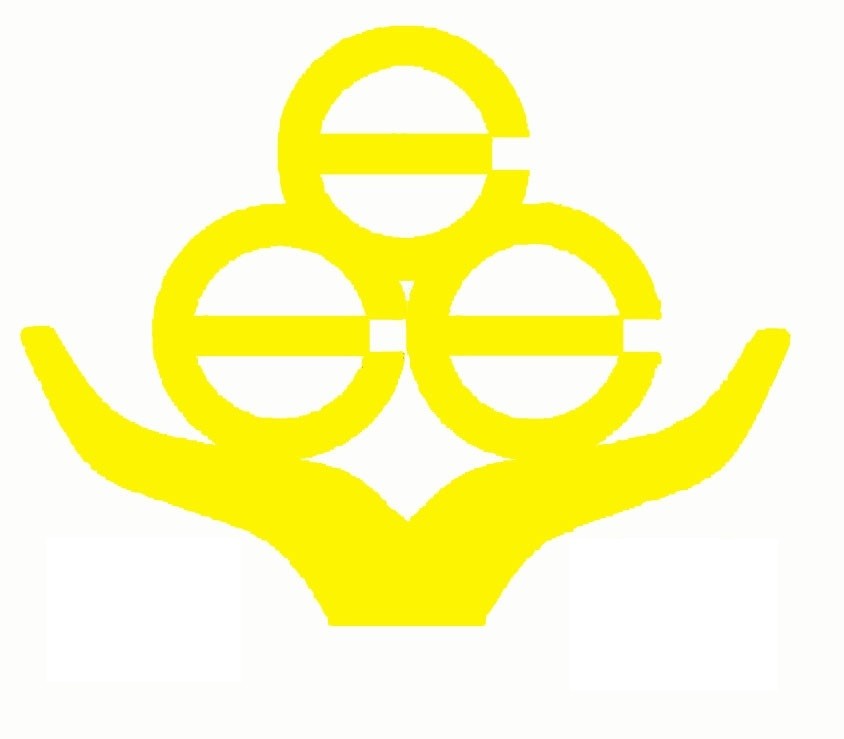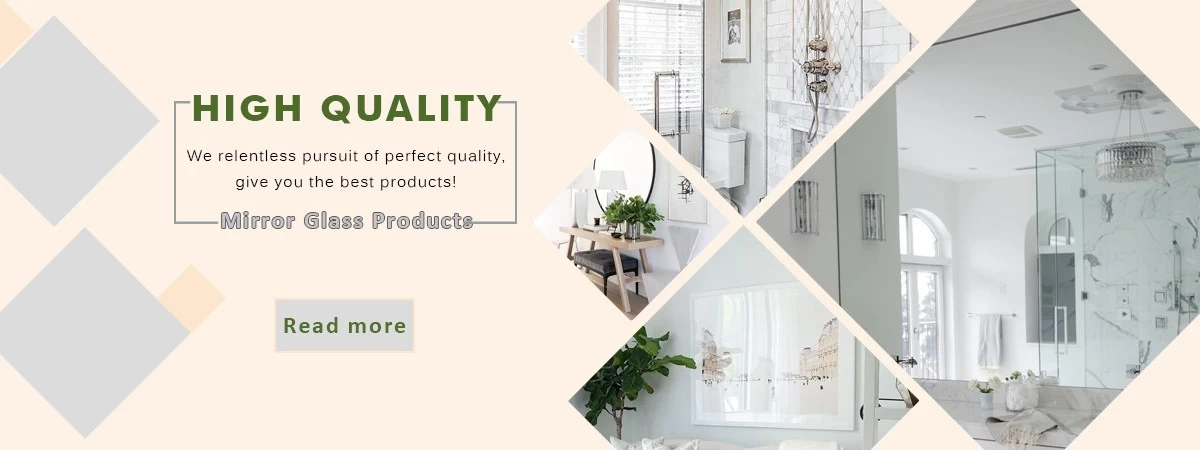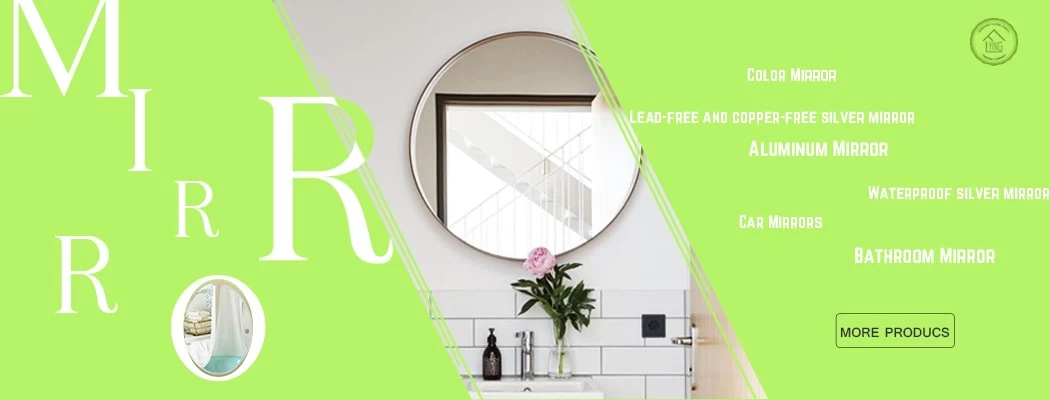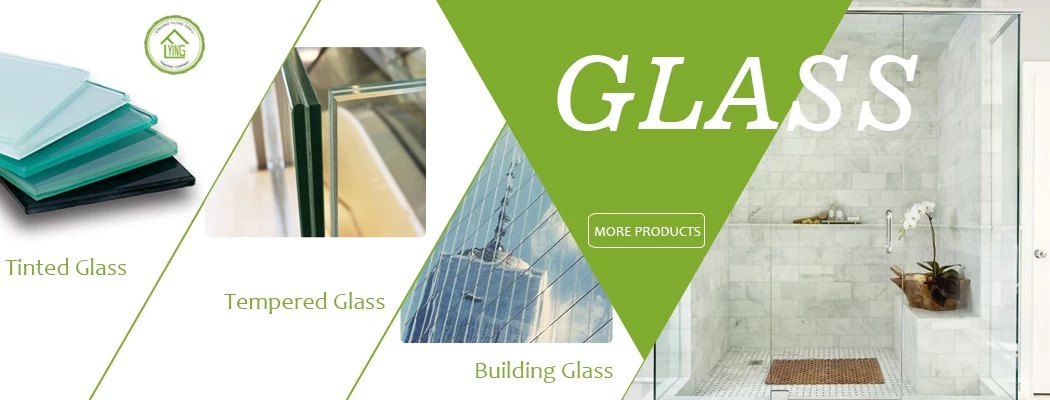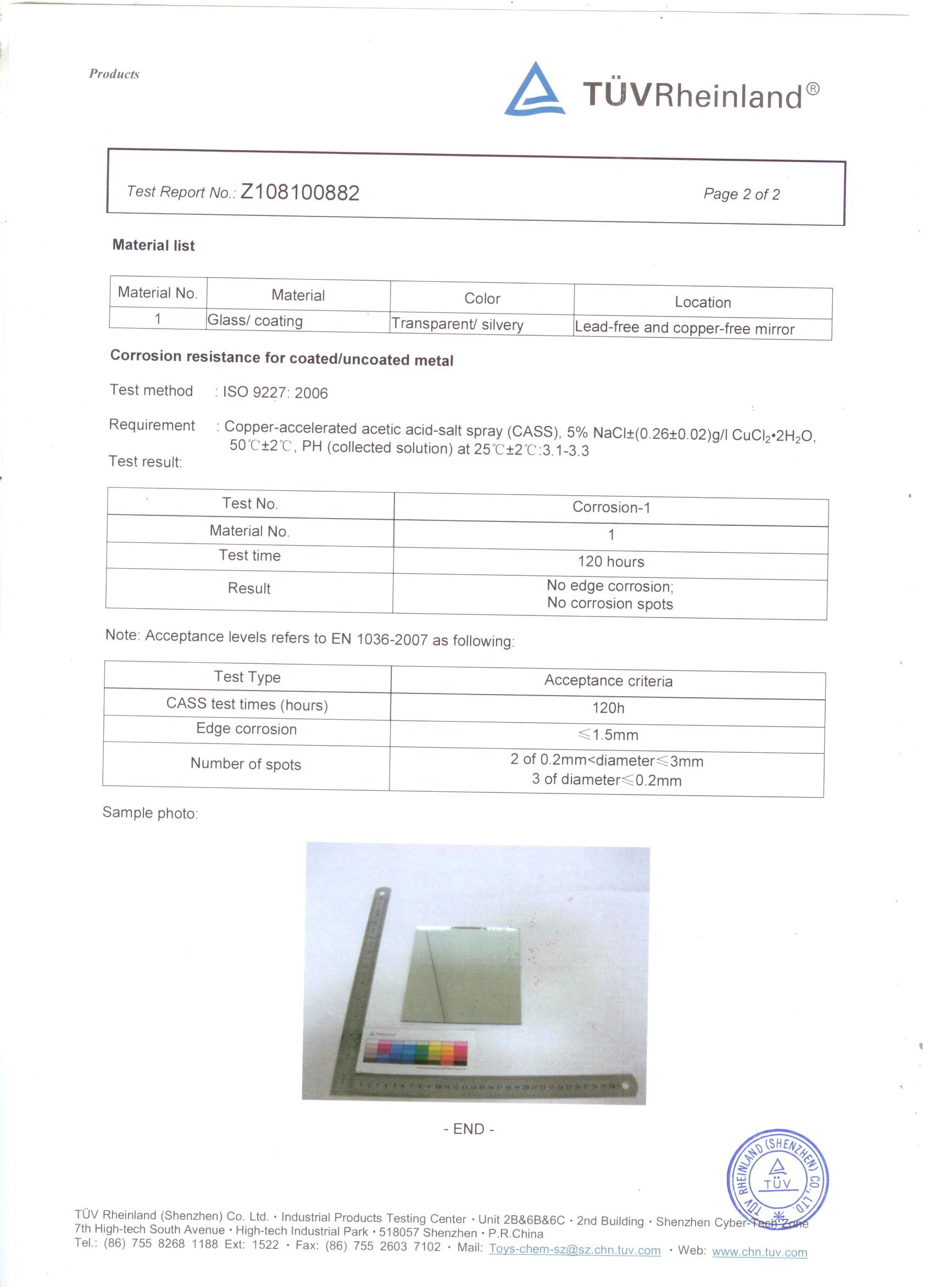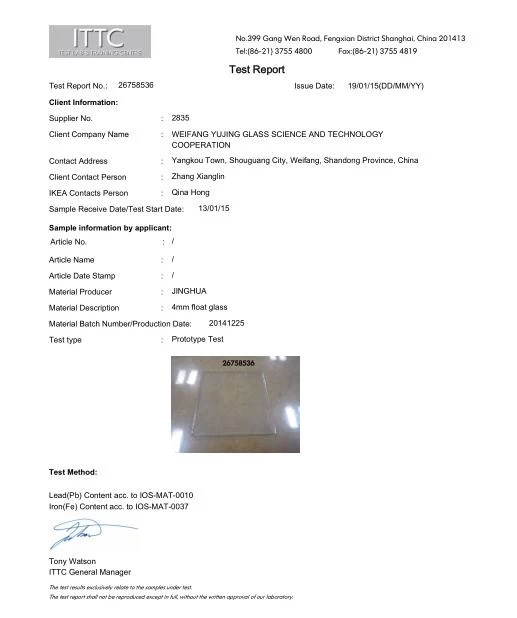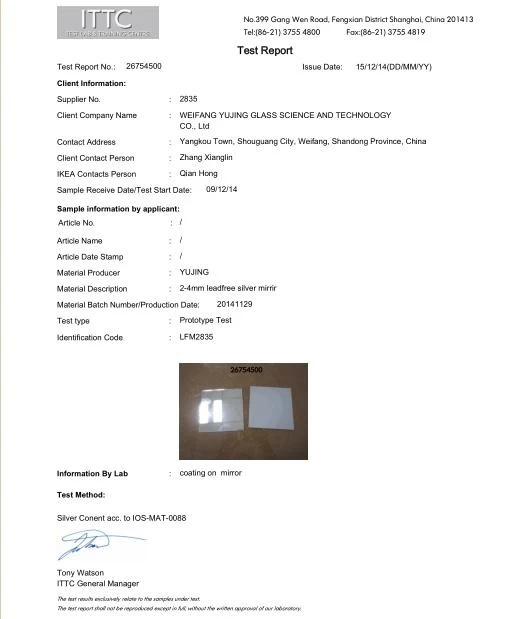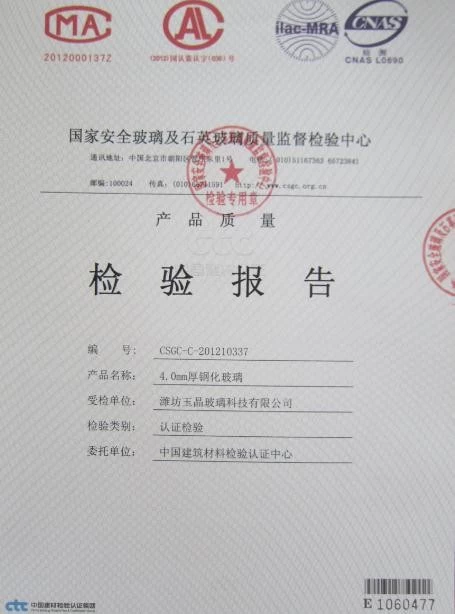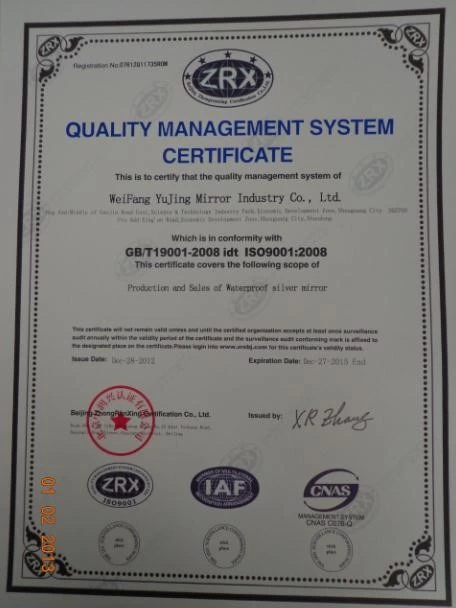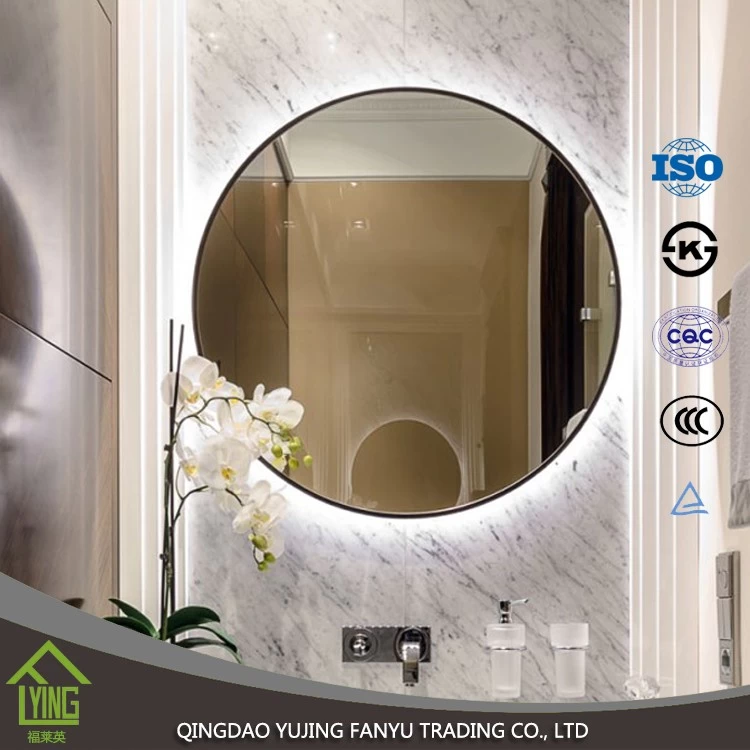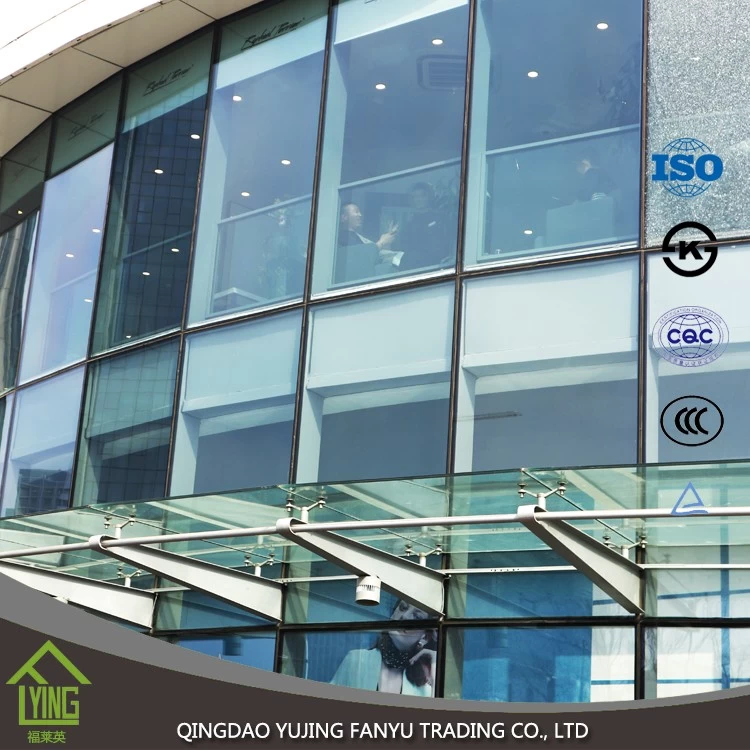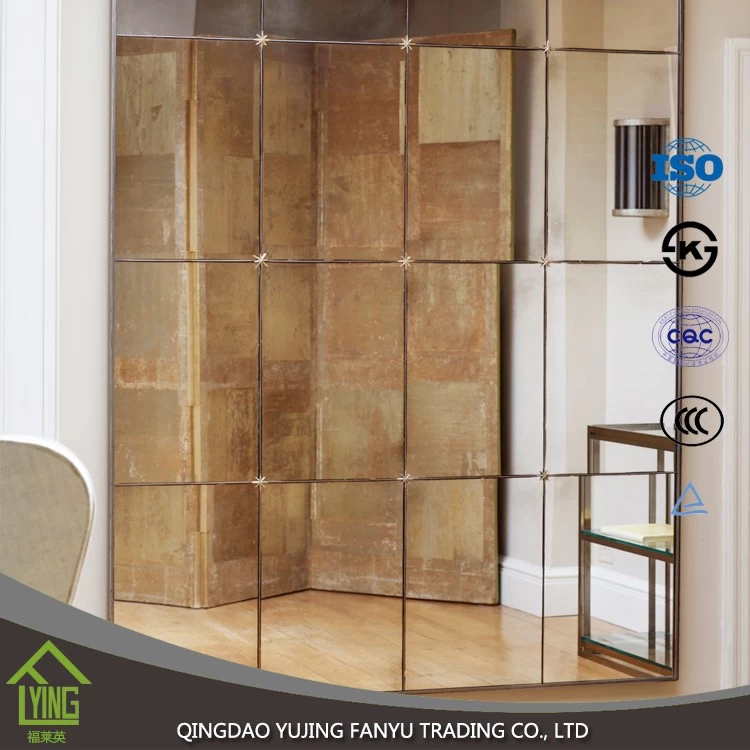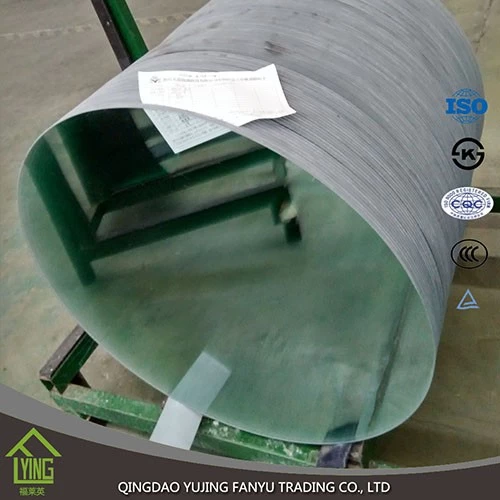What are the methods of fixing the glass to the wall?
Fanyu
Www.glass.com.cn
2018-08-13 14:32:27
| With the advent of float glass technology, it is possible to produce high-quality glass with uniform uniformity in large quantities, and at the same time, the variety of deep-processed glass is becoming more abundant. In addition to the commonly used high-strength tempered glass, there are frosted glass, dimming glass that emphasizes privacy protection, laminated glass and wired glass that enhance bulletproof safety. In this article, we will focus on how glass is fixed to the wall and how the various fixing methods work. First, what are the methods of fixing the glass to the wall? 1.1 Nailing method: This method is to fix the decorative glass mirror to the wall (or cylinder, top) base layer with screws. Specific steps are as follows: The wall treatment wall requires flatness, no bulge, unevenness, and if the wall is flat, it can be directly used for installation; otherwise, cement mortar (if the amount of moisture-proof powder can be added is better), scrape and level. Drilling holes Each of the decorative glass mirrors requires four mounting holes to be drilled. The holes should be evenly distributed and should not be too close to the edge of the mirror to prevent cracking. The stereotyped decorative glass mirrors currently on the market have generally been fitted with mounting holes, and the non-shaped glass mirrors can be punched at professional processing points. Install the glass mirror on the wall, then place the decorative mirror on the wall, mark it through the hole in the glass mirror, move it in the corresponding hole on the wall, use the drill or The hammer is drilled at the location marked on the wall. The hole diameter should be determined according to the size of the selected screw. Generally, it is preferably less than 3 mm in diameter of the screw end. Laying the cushioning material In order to prevent the decorative glass mirror from being damaged due to the unevenness of the base layer, a cushioning material should be applied between the mirror and the wall surface. The lining heat material is recommended to use a thin felt or sponge board elastomer, 2~3 mm thick, and glued to the wall with a white glue. The size of the gasket material is less than 10~15 mm for the glass, so that the mirror can be installed. After that, the perimeter is closed with caulking cream. 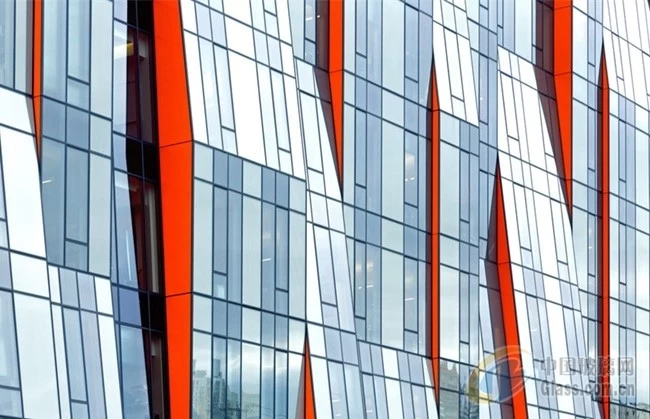 Before installing the glass mirror, a layer of kraft paper protective layer should be attached to the back of the glass mirror. The specific method is to first apply a layer of milky white glue on the back of the mirror, then stick a piece of kraft paper on the back of the mirror, and then use a plastic plate to smooth it. Pre-bury the plastic expansion bolts in the holes in the wall, put the mirrors in place for the holes, fix them with screws, and tighten them diagonally. It is better to use a glass mirror without shaking. After the closed glass is fixed and installed, in order to prevent moisture from invading the back of the mirror and affecting the service life and quality of the mirror, the gap between the mirror and the wall should be embedded with the caulking paste. 1.2 Pasting method: Apply the glass mirror directly to the base layer of the wall with an adhesive with high bonding strength. This method is suitable for the installation of wall surfaces within 1 square meter. If the mirror size is large, or if it is a ceiling-mounted mirror, it is recommended to use a combination of sticking and nailing to ensure that when the mirror is broken, it will not fall and hurt people. The specific method of pasting is as follows: Description: Another paste method can be found in the supplementary section. Clean the back of the mirror to remove dust and sand. Apply a layer of kraft paper as a protective layer on the back of the mirror. Then apply the universal glue on the kraft paper on the back of the mirror and the base surface of the wall. When the rubber surface is not sticky, attach the glass mirror directly to the wall surface according to the position line that has been played beforehand. Press the mirror with your hand to make it adhere to the wall and pay attention to the sticking at the corners. When the mirror is stuck, seal the perimeter with caulking. It should be noted that before the mirror is attached, the wall surface should be flat, otherwise it should be smoothed with cement mortar. In addition, the adhesive can not be applied directly to the back of the mirror to prevent it from corroding the coating of the mirror. 1.3 Inlay method: The inlay method is to use stainless steel, aluminum alloy or wood line as the frame of the glass mirror. The frame is fixed with the wall base layer by the nailing method, and then the glass mirror is embedded in the frame. This method is suitable for the installation and fixing of large-area glass mirrors. The specific method of embedding is as follows: Description: Another embedding method can be found in the supplementary section. First, press the size of the frame to press the bar, arrange the holes, and punch the eyes. Fix the lower frame bead according to the good elastic line. The spacing of the nails should be 10~15 cm to increase the strength of the bottom support. The blanket is then applied to the substrate with a milky white gel. Then insert the mirror into the bead of the lower frame, and align it with the wall surface, and install the upper frame bead and the side frame bead. It should be noted that when fixing the wood bead, it is recommended to use a nail gun of 20~25mm to fix it, avoiding the use of ordinary round nails to prevent the mirror from being broken when the nail is pressed. Second, the fixing method of the mirror glass wall surface 1. The method of fixing the mirror glass wall surface: (1) Drill holes in the glass, and fix the glass to the wooden skeleton and the liner with chrome screws and copper screws. (2) Pressing the glass with a bead of hardwood, plastic, metal, etc. (3) Stick the glass to the liner with epoxy resin. 2. Mirror glass installation process: Clean the base layer → nail wood skeleton → nail liner → fixed glass. 3. Note: (1) The thickness of the faceted glass should be 5~8 mm. (2) It is strictly prohibited to hammer and shake during installation. If it is not suitable, remove it and reinstall it. Third, related concepts 3.1 Glass Glass is an amorphous inorganic non-metallic material, generally made up of a variety of inorganic minerals (such as quartz sand, borax, boric acid, barite, barium carbonate, limestone, feldspar, soda ash, etc.) as the main raw material, and a small amount of auxiliary materials are added. of. Its main components are silica and other oxides. The chemical composition of ordinary glass is Na2SiO3, CaSiO3, SiO2 or Na2O·CaO·6SiO2, etc. The main component is a silicate double salt, which is an amorphous solid with a random structure. Widely used in buildings, used to separate light from the wind, is a mixture. There are also colored glass in which certain oxides or salts of metals are mixed to form a color, and tempered glass obtained by physical or chemical methods. Sometimes some transparent plastics (such as polymethyl methacrylate) are also called plexiglass. 3.2 screws Screws are commonly found in machinery, electrical appliances, and buildings. They are usually made of metal or plastic. They are cylindrical, and the grooves with irregularities on the surface are called screw threads. The main function of the screw is to join two objects or to fix the position of an object. The screws are usually free to be removed or re-tightened without compromising efficiency. Generally, the top diameter of the screw is large. Commonly, there are round, square or regular hexagons. If the top is a regular hexagon, you can use a wrench to turn the screw. If the top is round, the top of the top will also have grooves, which is convenient for use. Screwdriver turns the screw. Common grooves have a shape, a cross and a square, and other shapes. Some screws do not design a larger diameter top. For example, a set screw is an example, so the screw can be locked into the workpiece without any exposed parts. |
